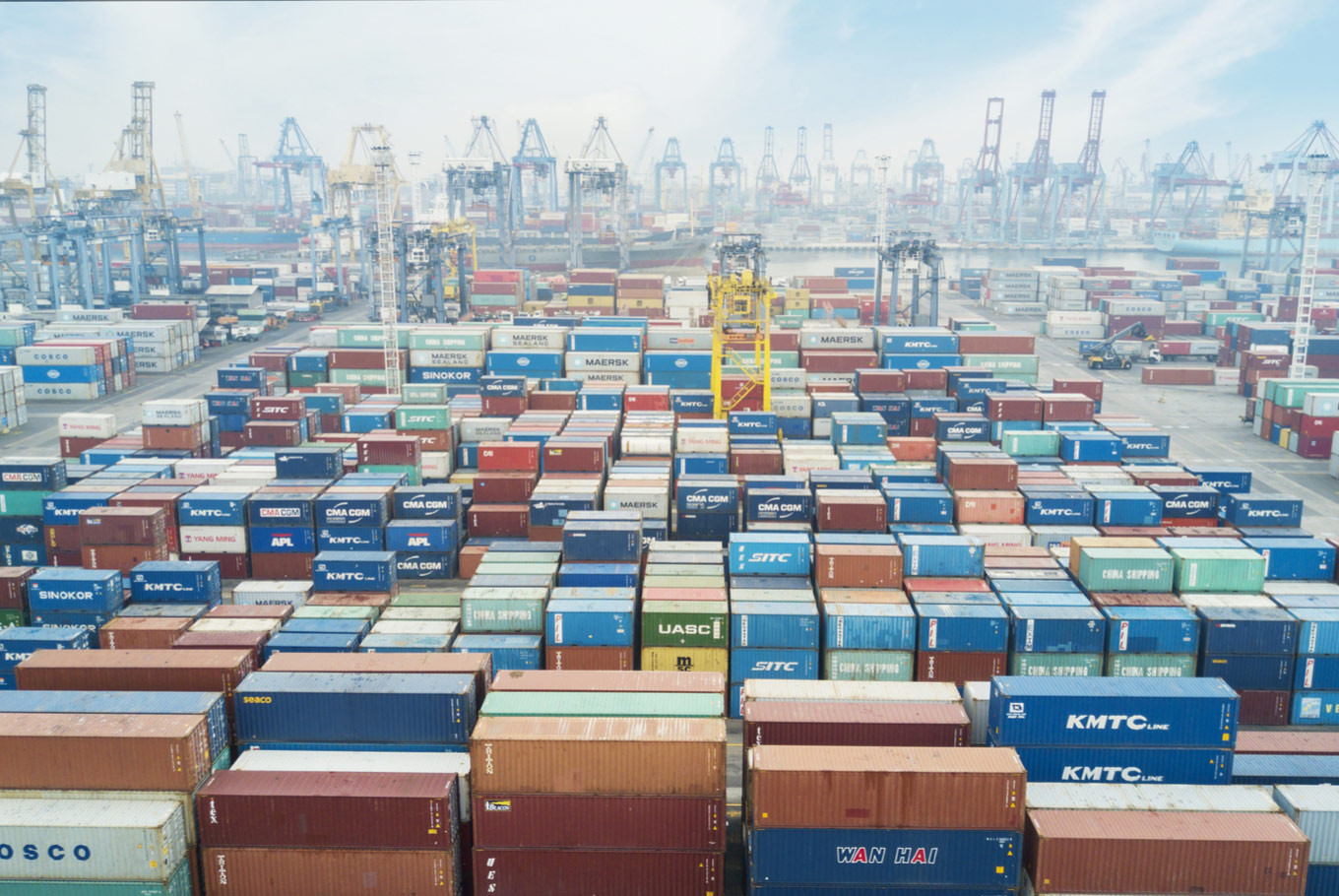Indonesia has once again recorded a positive trade performance, achieving a trade surplus of $4.1 billion in June 2025, marking its 62nd consecutive month of surplus. This milestone underscores Indonesia’s resilience in global trade, supported by strong exports and steady domestic demand management.
The Indonesia trade surplus is seen as a key indicator of the country’s economic health, contributing to currency stability and overall macroeconomic balance. While global markets face challenges such as geopolitical uncertainties and weakening commodity prices, Indonesia’s ability to sustain a surplus highlights effective economic policies and diversified export strategies.
What Drove Indonesia’s Trade Surplus In June 2025
The June 2025 Indonesia trade surplus was supported by robust export performance, particularly in non-oil and gas sectors. Key export contributors included:
- Mineral Commodities: Strong shipments of coal and nickel, driven by demand from major trading partners such as China and India.
- Agricultural Products: Palm oil exports continued to perform well, benefiting from stable prices and expanded market access in South Asia and Africa.
- Manufacturing Goods: Exports of textiles, footwear, and electronic components maintained steady growth, demonstrating the diversification of Indonesia’s export base beyond raw commodities.
On the import side, machinery and raw materials for industrial production remained the main contributors. The controlled growth in imports, aligned with production needs, helped maintain the overall surplus.
Historical Significance Of A 62-Month Trade Surplus Streak
The 62-month streak of positive trade balance places Indonesia among a select group of emerging economies consistently generating trade surpluses. This achievement has several implications:
- Foreign Exchange Reserves: A sustained surplus supports Indonesia’s foreign exchange reserves, providing a buffer against external shocks and currency volatility.
- Investor Confidence: Positive trade performance boosts investor sentiment, reinforcing Indonesia’s reputation as a stable and resilient market for foreign investment.
- Policy Flexibility: With a consistent inflow of foreign currency from exports, Indonesia has more room to manage inflation and monetary policy effectively.
This performance is especially notable considering the global economic slowdown in 2024 and early 2025, where many countries faced trade deficits due to weaker demand and supply chain disruptions.
Challenges Facing Indonesia’s External Trade
Despite the positive results, several challenges could impact the Indonesia trade surplus in the coming months:
Volatility In Commodity Prices
Indonesia remains heavily reliant on commodity exports, such as coal, palm oil, and nickel. Any sharp decline in global commodity prices could reduce export earnings.
Geopolitical And Trade Tensions
Ongoing geopolitical uncertainties and global trade realignments may affect demand from major trading partners, disrupting established supply chains.
Import Growth For Industrial Expansion
As Indonesia accelerates infrastructure development and industrialization, imports of machinery, electronics, and raw materials are expected to rise, potentially narrowing the surplus if not offset by export growth.
Addressing these challenges requires continued diversification of export products and markets, investment in value-added manufacturing, and the promotion of trade agreements that expand access to international markets.
Economic Implications Of The Trade Surplus
The sustained Indonesia trade surplus has multiple benefits for the national economy:
- Stabilizing The Rupiah: Strong export earnings help support Indonesia’s currency against external pressures, reducing imported inflation risks.
- Improved Fiscal Space: A positive balance of payments allows the government to maintain infrastructure spending and social programs without putting excessive pressure on public debt.
- Growth In Manufacturing: Export-driven industries, especially manufacturing, benefit from steady demand, leading to job creation and skill development.
Analysts also note that the surplus provides Indonesia with leverage in international negotiations, particularly in securing favorable trade terms and investment partnerships.
Sectoral Contributions To The Trade Balance
Energy And Mining
Energy and mining remain pillars of Indonesia’s export economy. In June 2025, coal exports surged, supported by demand from Asian economies pursuing energy security. Nickel exports also benefited from global demand for battery materials used in electric vehicles.
Agriculture And Plantations
Palm oil continues to be a flagship commodity. Recent initiatives to expand markets in Africa and the Middle East have diversified export destinations, reducing dependency on traditional markets like India and China.
Manufacturing And Technology
The government’s push to develop downstream industries has started to yield results, with rising exports of refined nickel products, electronics, and automotive components. This trend aligns with Indonesia’s ambition to become a key player in the global electric vehicle and battery supply chains.
Outlook For The Remainder Of 2025
The outlook for Indonesia’s trade performance in 2025 remains cautiously optimistic. The government aims to further strengthen its export base by:
- Expanding trade agreements with strategic partners in Asia, Europe, and Africa.
- Promoting value-added processing for key commodities, reducing reliance on raw material exports.
- Supporting small and medium enterprises (SMEs) in accessing international markets through digital trade platforms and simplified export procedures.
However, external risks such as fluctuations in global oil and commodity prices, as well as potential recessions in major economies, must be closely monitored.
Conclusion
Indonesia’s ability to maintain a trade surplus of $4.1 billion in June 2025 and sustain a 62-month streak reflects strong economic fundamentals, effective trade policies, and resilient export sectors. While global challenges persist, Indonesia’s diversified export base and commitment to industrial development position it well for continued growth.
For businesses, this positive trade balance signals opportunities for investment in export-oriented industries, supply chain development, and technology adoption. For policymakers, it underscores the importance of sustaining reforms that enhance competitiveness and secure long-term economic stability.
Read More






 Thursday, 27-11-25
Thursday, 27-11-25







